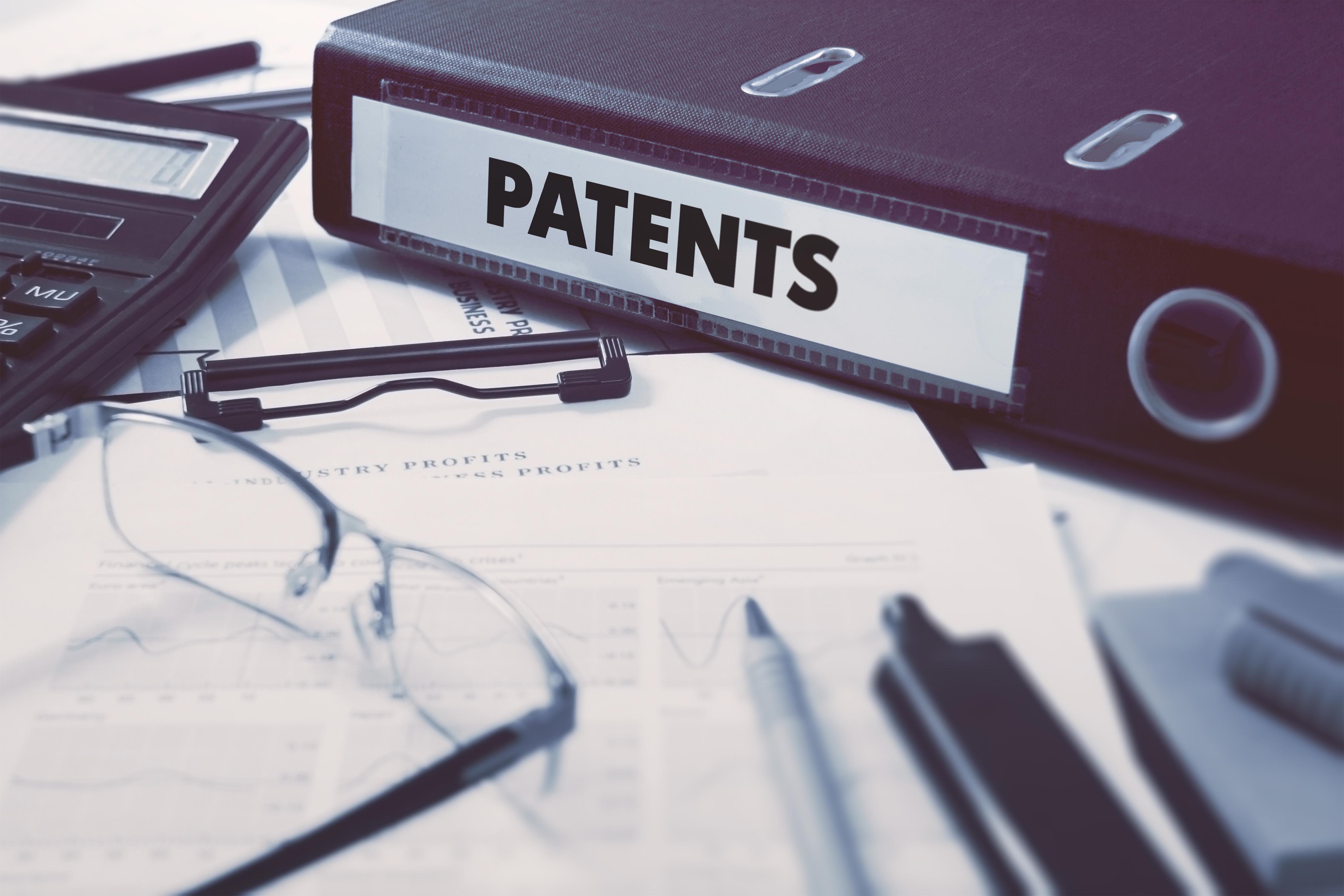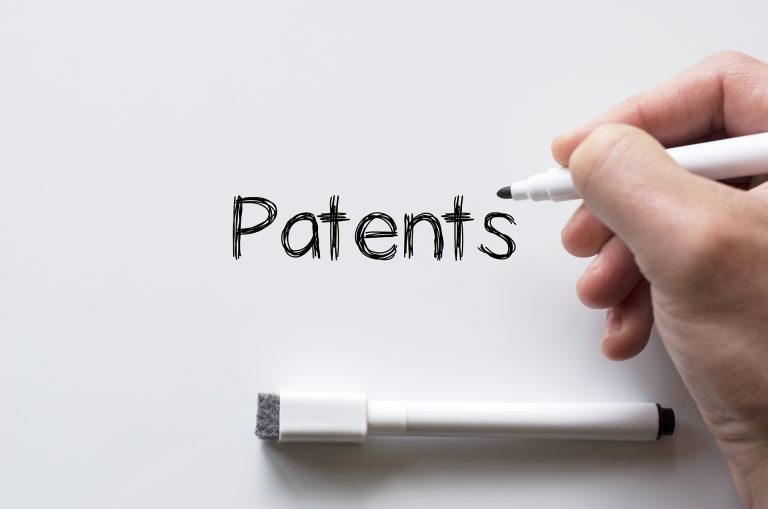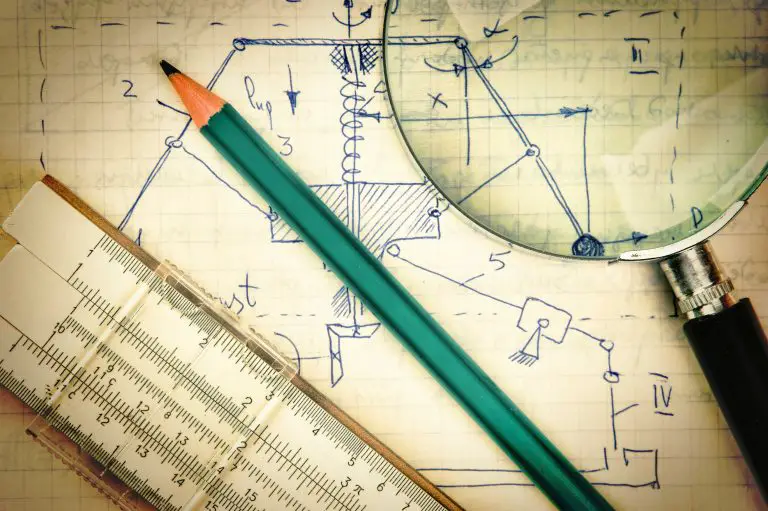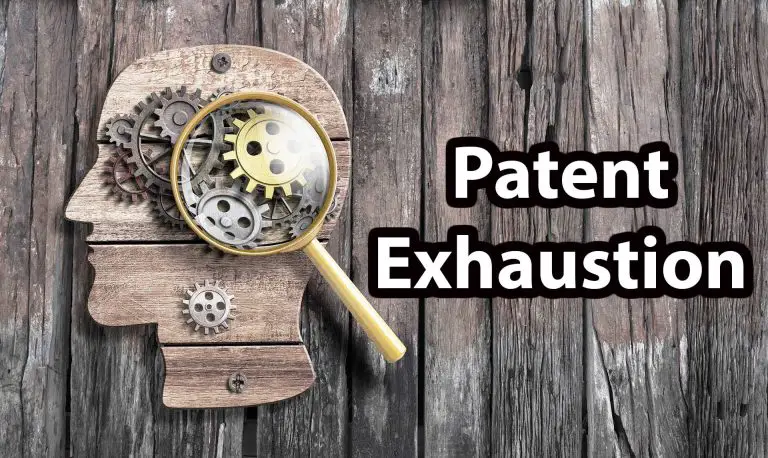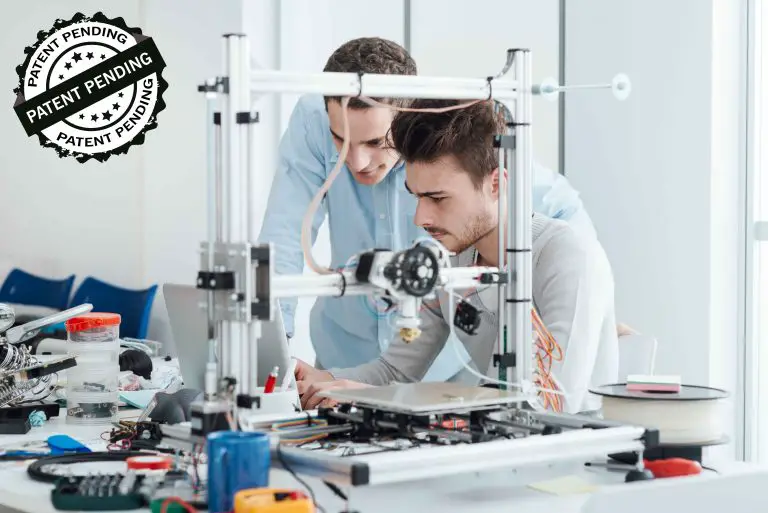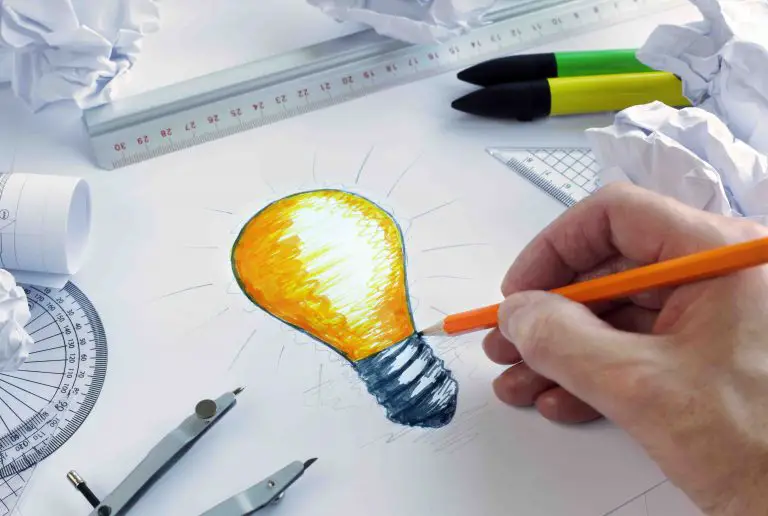What Percentage of Patents Are Approved?
Inventors choose to protect their ideas and inventions by filing patents. A key element that inventors consider before filing their patent application is whether it will succeed. In the United States over 600,000 patents applications are filed each year at the United States Patent and Trademark Office (USPTO). This number includes the number of utility patents, design patents, and plant patents. So, exactly what percentage of patents get approved? We will answer what number of patents get approved each year in the U.S and elsewhere.
Before we dive in, we just wanted to remind you that patent applications are formal requests that are made to the USPTO (United State Patent and Trademark Office). The patent application includes a set of one or more claim that a person needs to make part of their application to get the application approved and a patent issued.
The trend of how many patent applications will get approved in the upcoming years is interesting to see, especially since the number of patents that are granted increases slightly every year. As of writing this article (2019), the USPTO has only made the patent statistics up to 2015 available, so a lot of the calculations that you’ll see below are based on numbers from 1963 to 2015.
What Number of Patents are Approved?
The number of patents that are approved changes every year. According to the most recent statistics from the USPTO, approximately 52% of all patents filed in the U.S are approved. In 2015, 629,647 patent applications were filed and 325,979 were approved. The number of patent applications continues to increase ever-so-slightly every year. The number of granted patents is also on the rise, rising from 47% in 2010 to 52% in 2015. See the table below for more info on the number of patents that are filed and approved each year in the United States (US).
How Many Patents Are Filed Each Year?
| Year of Application Grant | Total Patent Applications | Total Patent Grants | Percentage of Patents Approved |
|---|---|---|---|
| 2015 | 629,647 | 325,979 | 51.7% |
| 2014 | 615,243 | 326,032 | 52.9% |
| 2013 | 609,052 | 302,948 | 49.7% |
| 2012 | 576,763 | 276,788 | 47.9% |
| 2011 | 535,188 | 247,713 | 46.2% |
| 2010 | 520,277 | 244,341 | 46.9% |
Having said that, you should consider the fact that calculating the number of new patents that are granted is difficult because the numbers that we presented here includes patent application that were initially rejected after being examined. After being rejected, inventors re-apply for “new,” very similar patents that are known as “continuations.”
A study conducted by Yale University showed that between 1963 to 2005, the USPTO allowed only 11.4% of new patent applications that are unrelated to any other patent application while giving a non-final rejection to more than 86% of newly filed patent applications.
2.3% of patent applications were abandoned prior to the USPTOs issuance of a first action decision.
That said there is some upside as the USPTO granted 36% of patent applications after one or more rounds of amendments and negotiations with the patent examiner. Approximately 14% of patent application were abandoned between the USPTOs non-final rejection and final rejection. Source
How Many Utility Patents Are Filed Each Year?
This table from the USPTO shows you how many utility patents are filed for each year in the United States, as well as the number of utility patents that are approved every year.
| Year of Application Grant | Number of Utility Applications Filed Each Year | Number of Approved Applications | Percentage of Approved Applications |
|---|---|---|---|
| 2015 | 589,410 | 298,407 | 50.6% |
| 2014 | 578,802 | 300,677 | 51.9% |
| 2013 | 571,612 | 277,835 | 48.6% |
| 2012 | 542,815 | 253,155 | 46.7% |
How Many Design Patents Are Filed Each Year?
This table from the USPTO shows you how many design patents are filed for each year in the United States, as well as the number of design patents that are approved every year.
| Year of Application Grant | Number of Design Applications Filed Each Year | Number of Approved Applications | Percentage of Approved Applications |
|---|---|---|---|
| 2015 | 39,097 | 25,986 | 66.4% |
| 2014 | 35,378 | 23,657 | 66.8% |
| 2013 | 36,034 | 23,468 | 65.1% |
| 2012 | 32,799 | 21,951 | 66.9% |
Patent Approval Rate
Some critics of the USPTO argue that patent examiners are sloppy and issue low-quality patents. Some even claim that over 95% of patent applications are eventually approved. So, are they right? The short answer is “no,” they’re not right according to the USPTO numbers that we summarized for you in the chart above. The patent approval rate in the U.S today is close to 52%, very far off from the 95% figure that some claim. So, if you think that the USPTO is handing out patents freely, you’re gravely mistaken. So, what are some of the reasons why the USPTO rejects patent applications? Read below to find out.
Top 3 Reasons for Receiving a Patent Rejection
- Invention is Not Novel. To get your patent application approved, your USPTO patent examiner must find your invention to be novel, non-obvious, and meets the patentability criteria. This is a subjective determination based on the opinion of the examiner that’s assigned to your patent. So, if your invention is not the first of its kind (lacks novelty), the patent examiner might reject it on the basis of the patentability criteria. Also, if the examiner find that there is another invention that is the same as yours and was invented before yours, the examiner might find that your invention lacks novelty. Therefore, before applying for a patent, you should do a patent search to find out whether there is a similar invention to yours.
- Your Invention is Obvious. The second most common reason for the rejection of patents is the fact that your invention needs to be nonobvious. So, not only does your invention need to be novel, it must also be non-obvious. The USPTO patent examiner will make this subjective determination, as well. Said differently, your invention must be unique. To reduce the chances of being rejected, you should make sure that your invention is as unique as possible from anything that’s already out there. The more unique, the better the chances that the patent examiner will find you invention to be nonobvious. If you happen to receive non-final rejection letter from the USPTO, you should look for an attorney who will file a response argument, claiming that your invention has certain features and components that you did not cite in your patent application, this could get your invention approved.
- Errors in Your Patent Application. The third most common reason patent applications get rejected is due to informality errors in the patent application and these include: (1) issues with reference numbers on drawings (2) issues with paragraph numbers (3) issues with line numbers (4) grammatical or punctuation issues (5) missing abstract (6) exceeding word count on abstract. Second, your patent application may be rejected if you have not sufficiently described how your invention works. As part of your patent application, make sure that you have described how your invention will work. If you fail to accurately describe your invention, the patent office won’t be able to determine that your invention is patentable.
Percentage of Patents that are Approved in the U.S
We hope this article was able to shed some light on the percentage and number of patents that are approved each year by the U.S Patent and Trademark Office. If you have any questions or comments, please feel free to leave them in the comments section below.

